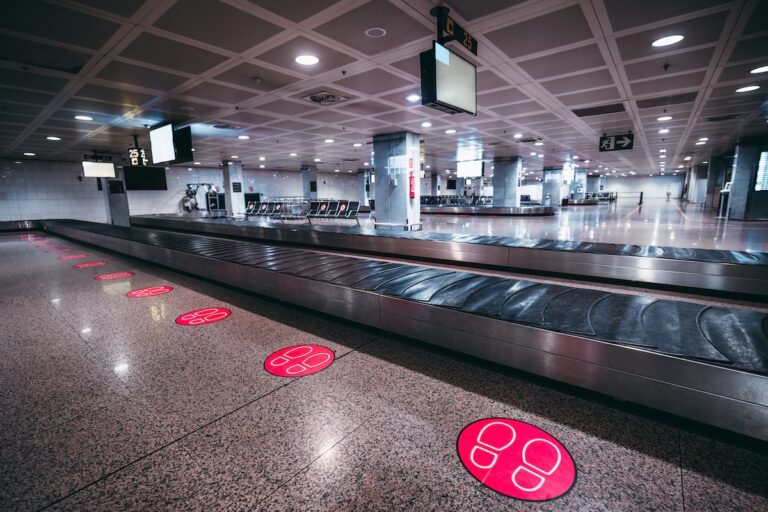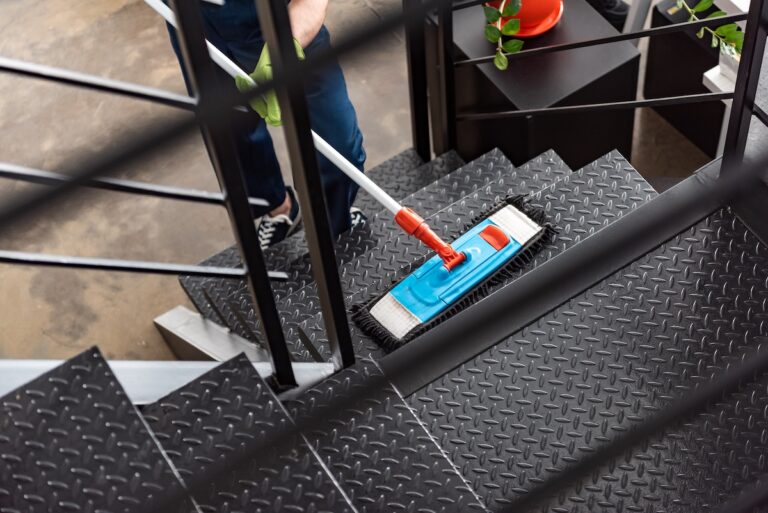Staircases are an everyday part of our built environment — in offices, schools, malls, metro stations, and homes. Yet, they remain one of the most common accident zones, especially in public spaces. A simple misstep can result in serious injuries, and for visually impaired individuals, the risks are even greater.
That’s why tactile and anti-slip solutions are not just safety add-ons — they are essential design elements that make staircases safer, more inclusive, and compliant with accessibility standards.
The Risks of Unsafe Staircases
-
Slips and Falls: Smooth or polished surfaces become hazardous when wet.
-
Poor Visibility: Without markings, the start and end of stair flights can be difficult to judge.
-
Accessibility Gaps: Visually impaired users may miss a step if tactile guidance is absent.
-
High Foot Traffic: Public places like metros, airports, and schools increase the chances of accidents due to crowding.
How Tactile and Anti-Slip Solutions Protect Users
-
Tactile Indicators
Placed at the top and bottom of staircases, tactile indicators alert visually impaired individuals that a level change is ahead. These patterns provide both directional guidance and hazard warnings. -
Anti-Slip Stair Nosings
Stair nosings with anti-slip strips increase grip, reduce wear on edges, and enhance visibility by creating contrast between steps. -
Durability and Compliance
Modern tactile and anti-slip products are designed to withstand heavy usage, extreme weather, and meet international safety standards (ISO, ADA, etc.). -
Universal Safety
While designed with accessibility in mind, these solutions benefit everyone — from children and elderly users to hurried commuters in crowded spaces.
Global Standards and Best Practices
-
Airports and Transit Hubs: Mandatory tactile warning strips near escalators and stairways.
-
Educational Institutions: Anti-slip nosings ensure student safety in high-traffic staircases.
-
Workplaces and Commercial Buildings: Accessibility laws increasingly require tactile and slip-resistant surfaces in public areas.
Forward-thinking cities worldwide are embedding these solutions as part of their universal design principles.
More Than Compliance: A Culture of Safety
Incorporating tactile and anti-slip systems is not only about meeting regulations — it reflects a deeper commitment to safety and inclusivity. Every building, whether public or private, should prioritize these measures to prevent accidents and empower visually impaired individuals to navigate with confidence.
Conclusion
Staircases will always be part of our everyday journeys — but accidents don’t have to be. With tactile indicators and anti-slip solutions, we can transform staircases from potential hazards into safe, inclusive pathways.
Because when it comes to design, safety should always come first.




